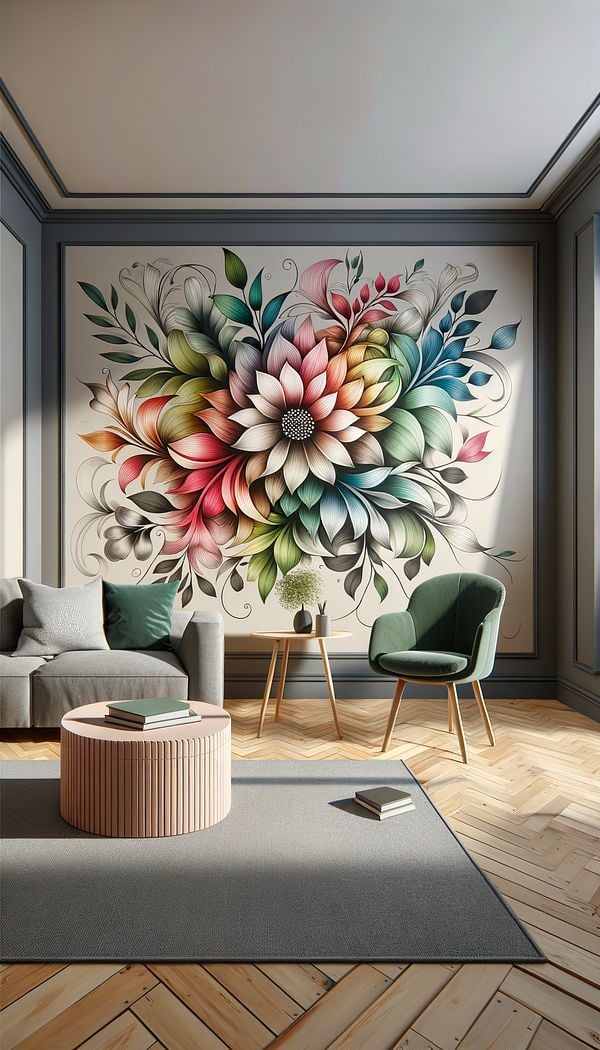What is a Decal?
A decal is a design prepared on a special paper for durable transfer on to another surface such as glass, metal, or ceramic.
Description
A decal, short for "decalcomania," refers to a decorative sticker used for transferring its design to various surfaces. Primarily, decals are made by printing a design onto a special paper coated with an adhesive on one side. When water or another solvent is applied to this paper, it activates the adhesive, allowing the decal to adhere to the new surface upon transfer. The result is a durable and often permanent design or graphic that appears as if it were painted or printed directly on the target material.
Decals are versatile in their application, encompassing everything from intricate wall decorations to logos and signage on commercial vehicles. The quality of a decal can vary greatly depending on its intended use, from simple, disposable decals for temporary promotions or events to high-quality, weather-resistant versions designed for long-term outdoor use.
In interior design, decals have gained popularity for their ease of use and the ability to quickly transform spaces without the permanence or mess of paint or wallpaper. Decals can be used on walls, furniture, glass, and even floor tiles, offering a straightforward method for adding personalized touches or thematic elements to a room or piece of furniture.
Usage
In a residential setting, wall decals might depict floral patterns in a bedroom or a map in a study, offering an effective and non-permanent way to add visual interest. Commercially, decals can serve as signage, displaying business logos on doors or windows, or even as decorative elements in retail spaces to enhance brand identity. They are also commonly used in children’s rooms, where they might feature beloved cartoon characters, creating a fun and engaging environment.
FAQs
-
Can decals be removed easily?
Yes, most decals can be removed easily, especially those designed for temporary use or interior decoration. However, some high-quality, permanent decals require more effort to remove and might damage the surface if not done correctly.
-
Are decals suitable for all surface types?
Decals can be applied to a wide range of surfaces including glass, metal, wood, and ceramics, but their adherence and durability can vary depending on the surface texture and material. It's always best to check the manufacturer’s recommendations for specific surface types.
-
Can decals be customized?
Absolutely! Many companies offer customizable decal services, allowing customers to submit their own designs or choose from a wide range of options, tailoring the size, color, and graphic to fit their specific needs.
-
How do you apply a decal?
The application process typically involves cleaning the target surface, wetting the decal to activate the adhesive, positioning it on the surface, and then smoothing out any air bubbles. Once dry, the backing paper is peeled away, leaving just the design adhered to the surface.
Practical Application
When deciding to use decals in your space, consider the overall theme and how a decal can complement or enhance it. For instance, a minimalist room might benefit from simple geometric shapes, while a more vibrant space could accommodate colorful and complex designs. Always ensure the surface is clean and smooth before applying a decal for optimal adherence. For a seamless look, take care to remove air bubbles during application and allow the decal to fully adhere by waiting the recommended time before using or touching the decorated surface.
-
Decorative Techniques322 articles
-
Decorative Objects240 articles
-
Wall Treatments & Finishes157 articles
-
Campaign FurnitureCampaign furniture is portable, foldable furniture designed for travel and military campaigns.
-
Kneehole DeskA kneehole desk is a desk featuring a central recess that provides space for the user's legs.
-
AcetateAcetate is a synthetic, semi-synthetic fiber used widely in interior design for its versatility and aesthetic appeal.
-
BacksplashA protective surface on a wall, typically found in kitchens and bathrooms, that shields against splashes and spills.
-
Early RenaissanceThe Early Renaissance is a period in art and architecture characterized by a revival of Classical influences and a focus on symmetry, proportion, and harmony.
